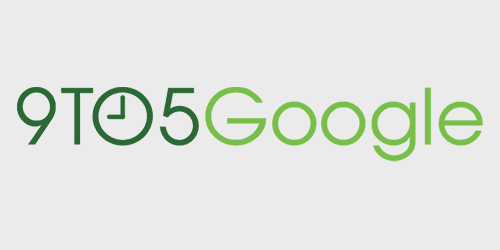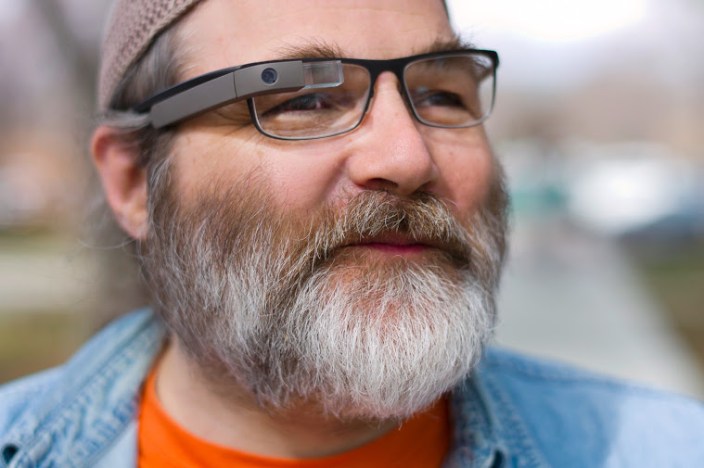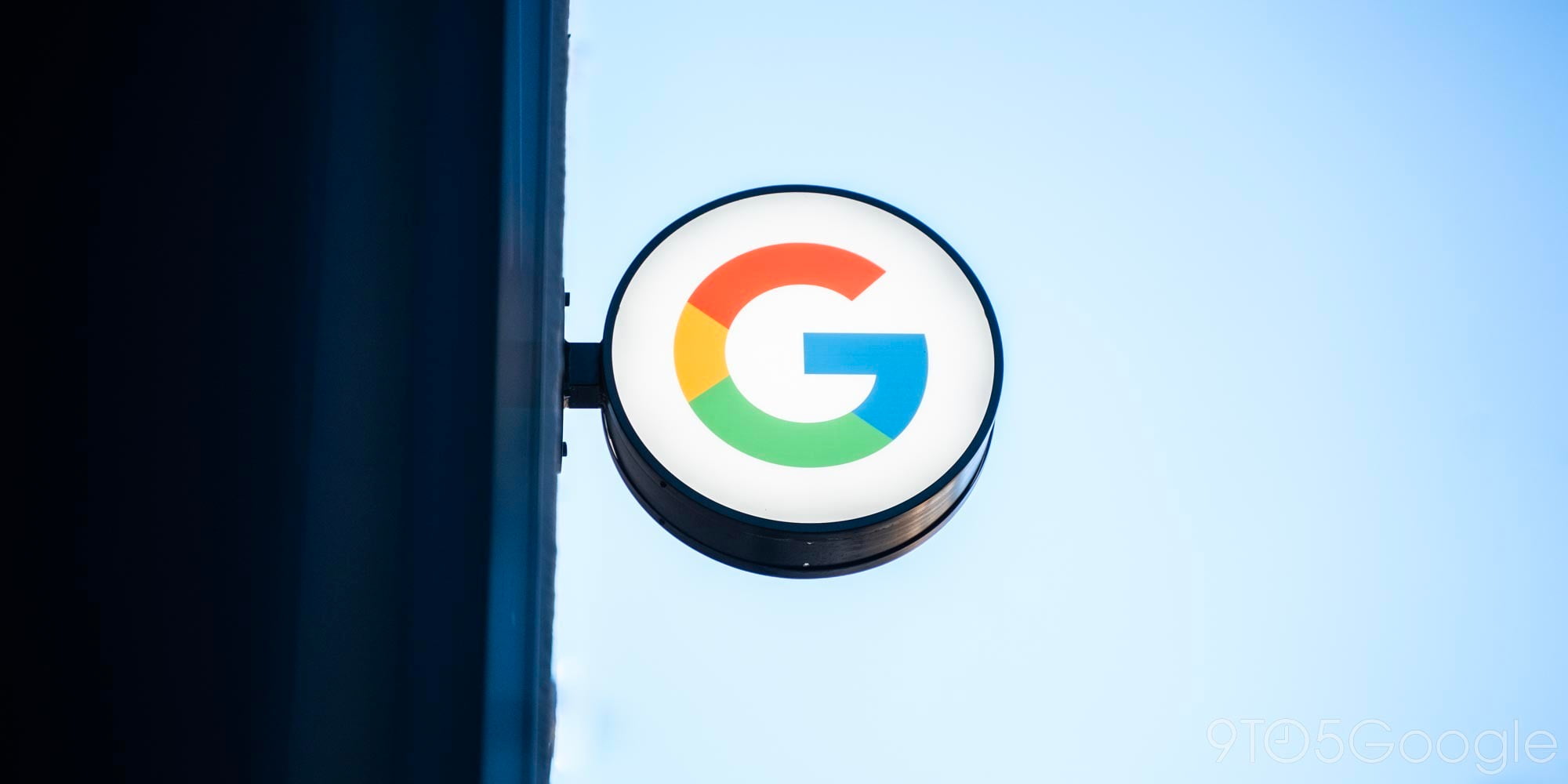
Like many people, I was intrigued by the recent edict from a Seattle bar banning the not-yet-for-sale, action-cam-equipped Google Glass wearable computer, citing privacy concerns. However, while this article originally intended to highlight other potential locations and situations where Glass will be frowned upon, after speaking with a few colleagues, it became clear that the video- and photo-capturing headset will be unwelcome in many more venues than it is allowed. And that spells trouble for Glass adoption, especially as some folks are hoping to rely on Glass — eventually — as their primary pair of spectacles.
When nearly anyone has the capability to very discreetly begin capturing footage of his/her surroundings, concerns are bound to pile up. It’s not just bars which have privacy issues to consider — nearly any other establishment that caters to patrons has a responsibility to make sure its customers are not videotaping each other. In other words, the entire service industry is going to end up banning Glass and products like it; expect No Recording signs to begin cropping up all over the country.
But it’s not just retail and service locations that will be affected, as corporate America is also rightfully sensitive about cameras at the workplace. How’s this for irony: it’s almost certain that Google itself will ban the majority of employees from using Glass at work, due to the many sensitive projects in development at any given time.
Airports? Can’t really see Glass welcome at establishments touting such tight security. Colleges, high schools, etc? Almost certain bans, but for a different reason — instant access to information makes cheating beyond trivial. Will you be able to play pro sports with Glass? Compete in grandmaster chess tournaments? Drive a car? Fly a plane? Pilot a boat?
These are questions that nearly every business, organization, and venue are going to have to answer for themselves, both in America and worldwide, and much sooner than they’d probably prefer to. Progress is coming soon, though, and this time the leap is forward enough to have major societal implications.
[Image courtesy of ZDNet]



